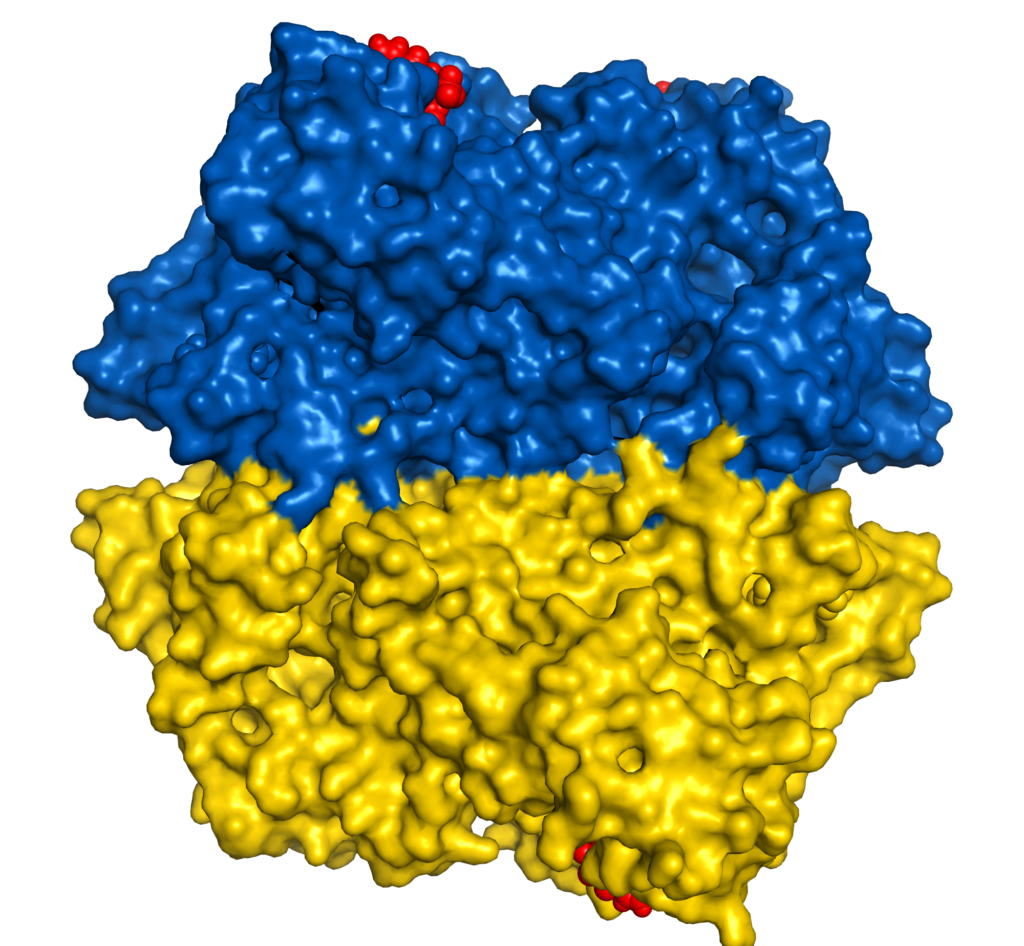Amalyn Nain-Pereza, Anders Foller Füchtbauera, Liliana Håversen, Aleksei Lulla, Chunxia Gao, Josipa Matic, Leticia, Monjasa Alexandra Rodríguez, Paul Brear, Woonghee Kim, Marko Hyvönen, Jan Borén, Adil Mardinoglu, Mathias Uhlen, Morten Grøtli
European Journal of Medicinal Chemistry 23:114270 (2021)
DOI: 10.1016/j.ejmech.2022.114270
Pubmed:
PDB coordinates:
5SCL (3D view), 5SDT (3D view), 5SC8 (3D view), 5SCB (3D view), 5SC9 (3D view), 5SCA (3D view), 5SCK (3D view), 7QZU (3D view), 5SCE (3D view), 5SCC (3D view), 5SCD (3D view), 5SCF (3D view), 5SCH (3D view), 5SCG (3D view), 5SCI (3D view), 5SCJ (3D view), 7QDN (3D view)

Abstract
Liver pyruvate kinase (PKL) is a major regulator of metabolic flux and ATP production during liver cell glycolysis and is considered a potential drug target for the treatment of non-alcoholic fatty liver disease (NAFLD). In this study, we report the first ADP-competitive PKL inhibitors and identify several starting points for the further optimization of these inhibitors. Modeling and structural biology guided the optimization of a PKL-specific anthraquinone-based compound. A structure–activity relationship study of 47 novel synthetic derivatives revealed PKL inhibitors with half-maximal inhibitory concentration (IC50) values in the 200 nM range. Despite the difficulty involved in studying a binding site as exposed as the ADP site, these derivatives feature expanded structural diversity and chemical spaces that may be used to improve their inhibitory activities against PKL. The obtained results expand the knowledge of the structural requirements for interactions with the ADP-binding site of PKL.
